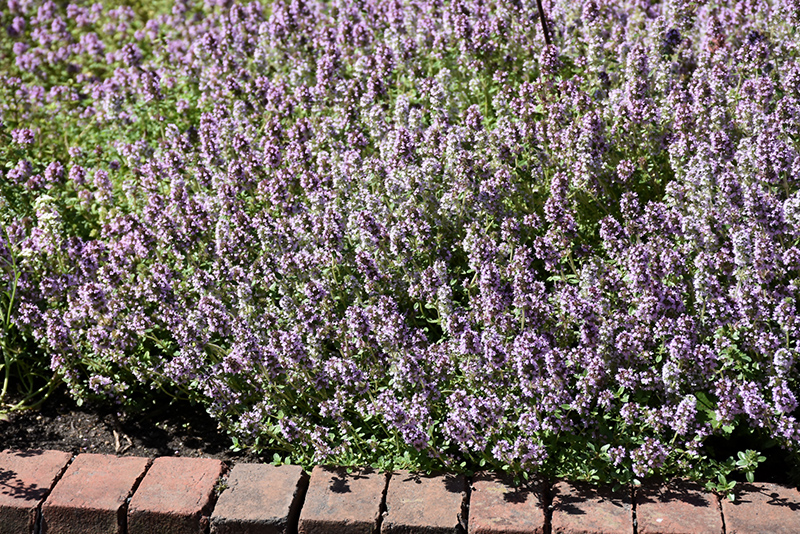

We must protect this foundation as a safe and genetically stable source for future generations. "Agriculture and seeds" provide the basis upon which our lives depend. Once dry, rub the leaves and they will separate easily from the stems. After harvesting, lay the thyme in single layers on newspaper in the shade. Tips: Stop harvest a month before the first fall frost to ensure the plants are strong enough for the winter. After the first cut is made, more growth will begin to develop but do not harvest this second growth as the new growth increases the plant’s hardiness over Harvesting: Harvest by cutting the plant 2 inches from the ground. Other fertilization options include fertilizing thyme with fish emulsion or liquid seaweed every two weeks but dilute the fertilizer by half.ĭays to Maturity: Harvest thyme before its flowers open which should be after 85 days. Allow soil to completely dry in between watering.įertilizer: Upon planting, add a continuous-release fertilizer to the soil. Watering: Thyme doesn’t require much care. If growing thyme in containers, repot the thyme every season, as its roots may begin to grow out the bottom of the container. Planting: If planting from seed, begin thyme indoors and scatter the seeds on top of the soil and do not cover them or only cover them lightly.

Thyme will bloom tiny blossoms of pink, lavender or white throughout the spring and summer seasons which will attract bees to the garden.īefore Planting: Thyme grows very slowly from seed and after planting, germination can take up to 28 days. Thyme is a smaller herb that grows upright on a woody stem and has needle-like leaves.


 0 kommentar(er)
0 kommentar(er)
